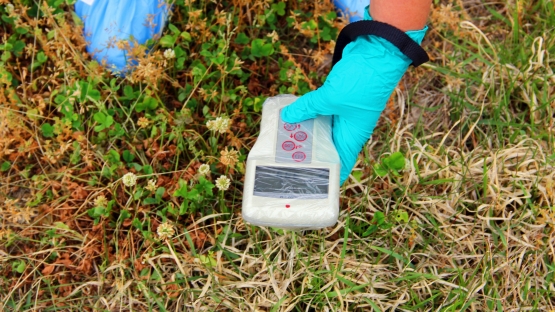To mitigate the consequences of a nuclear accident or radiological emergency, the IAEA has established a system that enables member countries to request assistance or facilitate the provision of timely, effective and coherent assistance by mobilizing expertise, equipment and other support to the country or countries most affected.
“The Response and Assistance Network (RANET) helps national authorities to protect life, health, property and the environment following a nuclear or radiological emergency, regardless of its origin,” said IAEA RANET Officer Kilian Smith. “Working with the IAEA, States registered in RANET can help the affected country, for instance, by assessing radiation doses, providing medical advice or treatment, searching and recovering lost or stolen radioactive sources and evaluating the nuclear or radiological consequences of an accident.”
Following the Chornobyl nuclear power plant accident in 1986, the IAEA adopted the Convention on Assistance in the Case of a Nuclear Accident or Radiological Emergency, an international framework for co-operation that requires States to inform the IAEA of their available experts, equipment, and materials for providing assistance. The Assistance Convention laid the foundation for the decision of IAEA Member States in 2000 to establish a global Emergency Response Network (ERNET). The main purpose of the network was to support the practical implementation of the Convention by deploying qualified teams that can respond to nuclear or radiological emergencies rapidly and on a regional basis. Following feedback from States, new concepts were developed, including a name change to the Response and Assistance Network. In 2018, EPR-RANET 2018 was issued as the sixth and most recent edition of the assistance network publication and includes emergency response procedures that are tested during exercises.
Continuing the trend of increased participation, India recently became the 35th country to register in RANET. On this occasion, India’s Department of Atomic Energy remarked that “countries affected by a nuclear or radiological emergency might have to face national limitations in knowledge and capability that need to be addressed internationally. By assessing its own national assistance capabilities and joining RANET, India confirms that it is capable and willing to provide assistance if requested.”
RANET is currently comprised of the following countries: Argentina, Australia, Austria, Belarus, Belgium, Bulgaria, Canada, China, Czech Republic, Denmark, Egypt, Finland, France, Germany, Hungary, India, Ireland, Israel, Japan, South Korea, Mexico, Nigeria, Norway, Pakistan, Romania, Russia, Slovenia, Spain, Sri Lanka, Sweden, Switzerland, Turkey, Ukraine, the United Kingdom and the United States of America.
The Response and Assistance Network (RANET) helps national authorities to protect life, health, property and the environment following a nuclear or radiological emergency, regardless of its origin.




